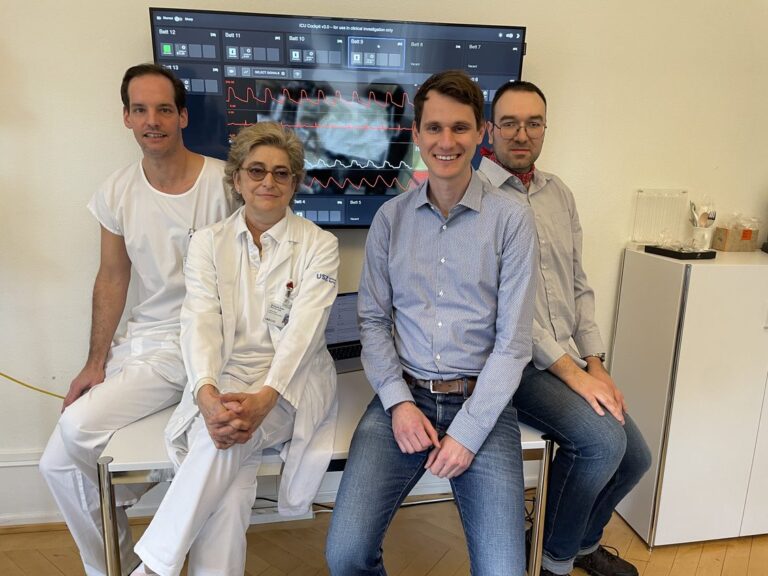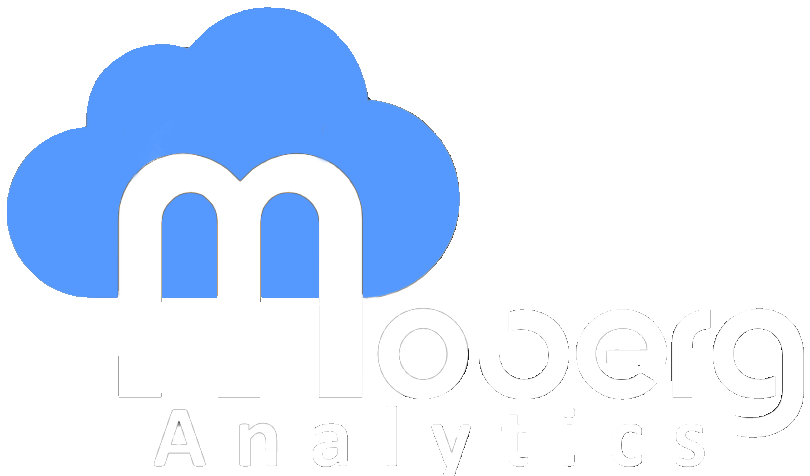From The ICU Cockpit At The University Hospital Zürich

The ICU Cockpit Team
University Hospital Zürich
From The ICU Cockpit
Zürich, Switzerland
Clinical information systems lack the ability to collect or process high-resolution, i.e., full-waveform data streams generated by medical devices in the ICU. To overcome these shortcomings, the ICU Cockpit IT platform has been developed as a secure, fast, and scalable platform for the collection of multimodal waveform data and deployment of real-time decision support systems integrating live data streams in the ICU. Until today, the ICU Cockpit infrastructure has evolved to cover the entire ML workflow from artificial intelligence (AI) based computational disease modeling, to online, real-time validation of algorithms in clinical trials.
Starting at the bedside, the different medical devices are integrated via the Moberg Component Neuromonitoring Systems (CNS) Monitor allowing the collection of data streams from standard monitoring systems, artificial ventilation, extended systemic hemodynamics, neuromonitoring and EEG.
Up to date, data from more than 1500 patients (>180,000 monitoring-hours; >1 trillion data points) have been collected. The data is sent to an Apache Kafka message broker, which is at the heart of the ICU Cockpit. It allows for the processing and augmentation of the raw data streams by lab values, data from patient history, ML algorithms and stream processors in a highly scalable way. With only a few seconds delay, the raw and derived data streams are finally persisted in a PostgreSQL database and can be inspected from within the dashboard seen in the photo [1].

The team (L to R): Jan Wilms, Emanuela Keller, Jens Boss, Marko Seric
[1] Boss, Jens Michael, et al. “ICU Cockpit: a platform for collecting multimodal waveform data, AI-based computational disease modeling and real-time decision support in the intensive care unit.” Journal of the American Medical Informatics Association 29.7 (2022): 1286-1291.






